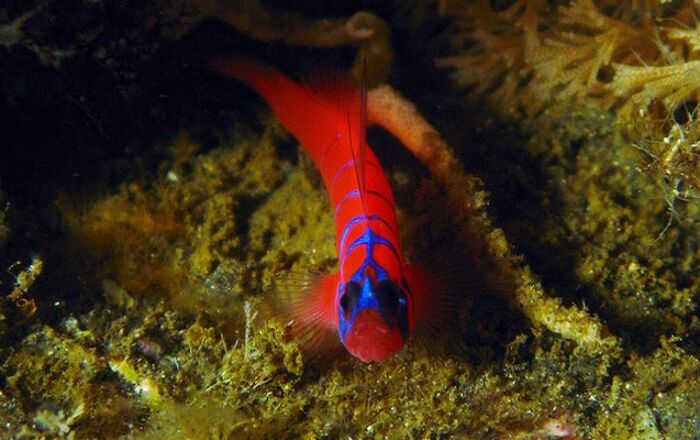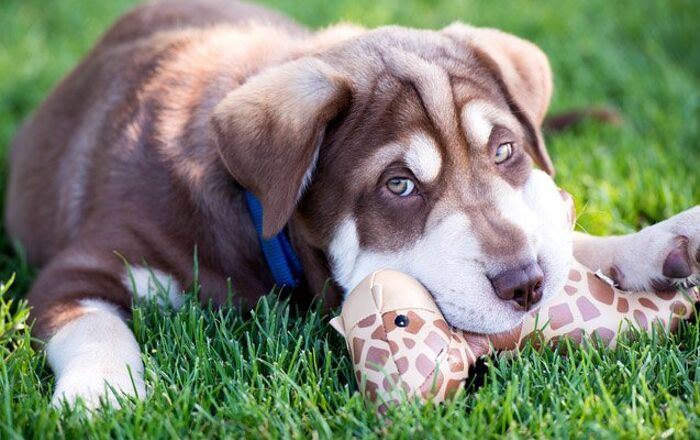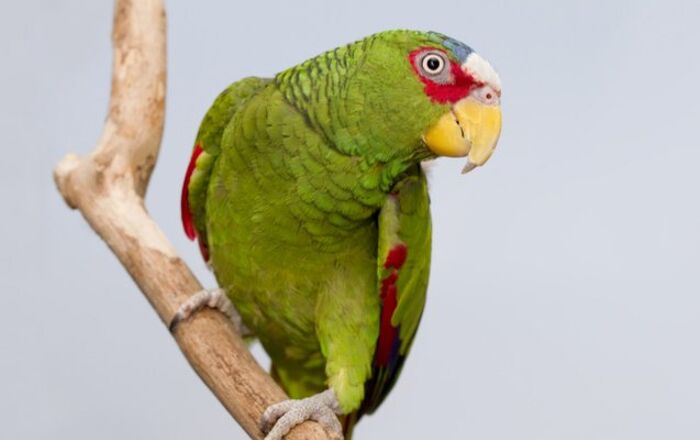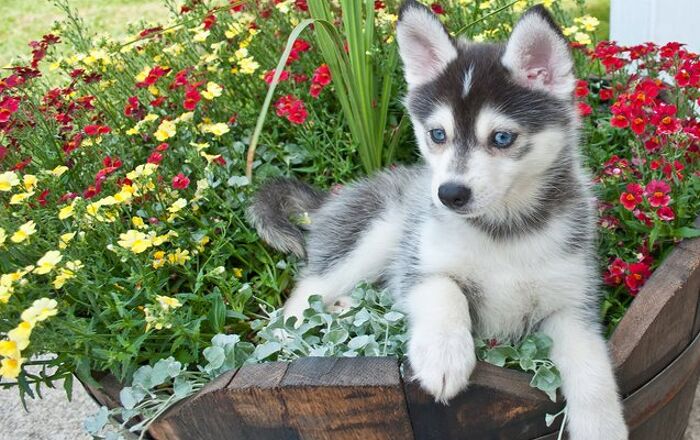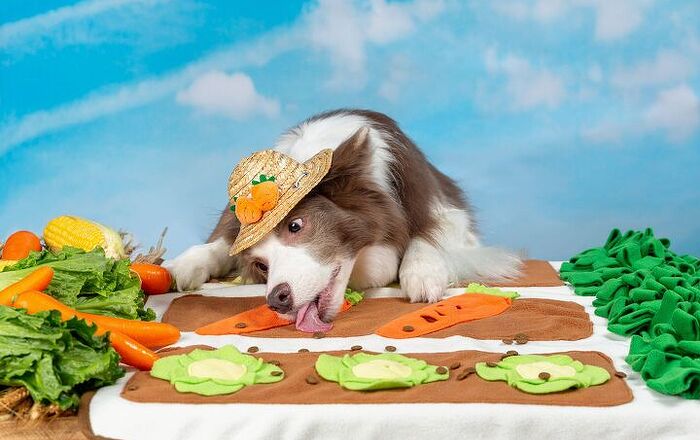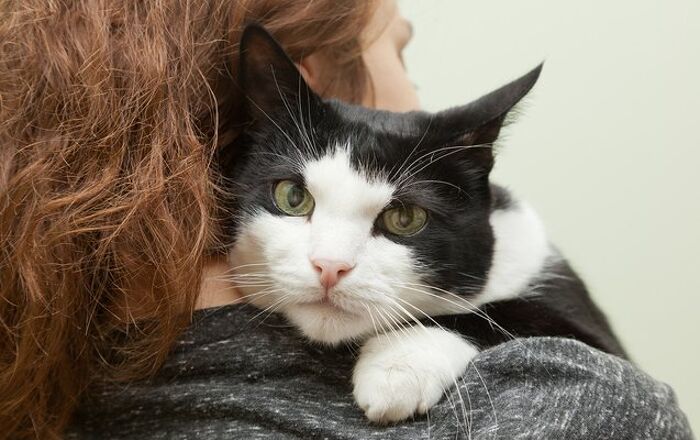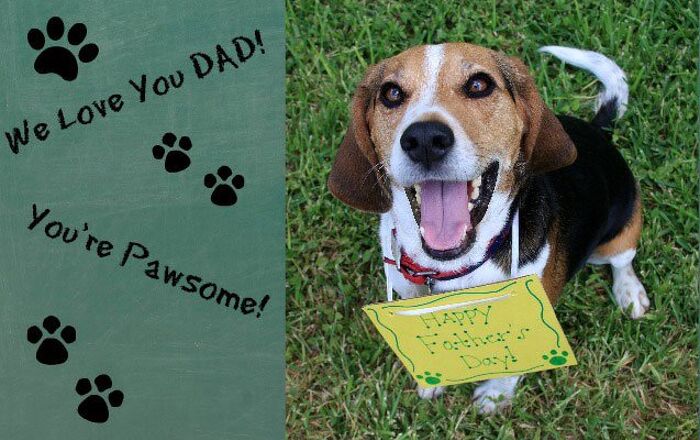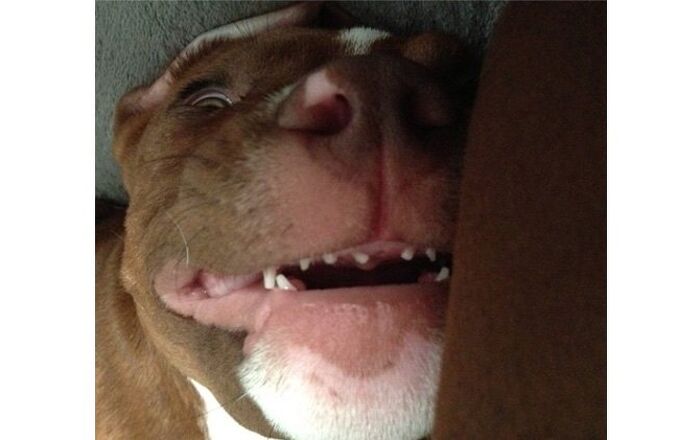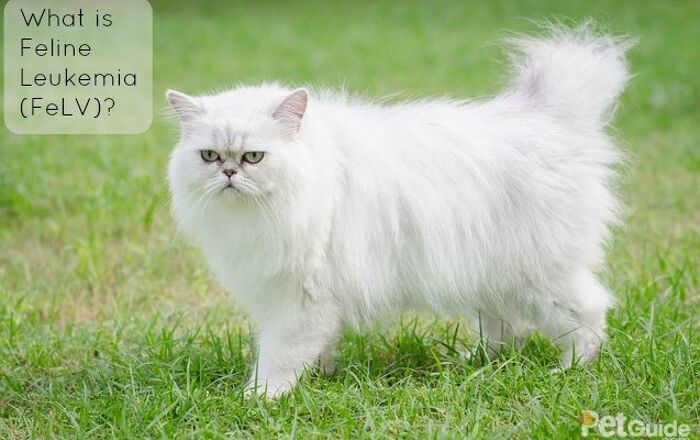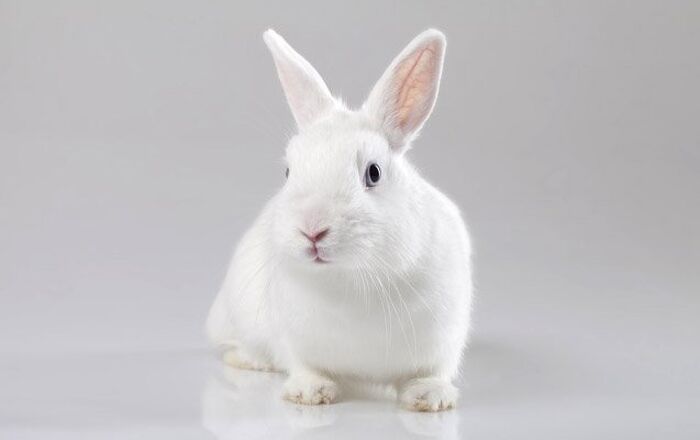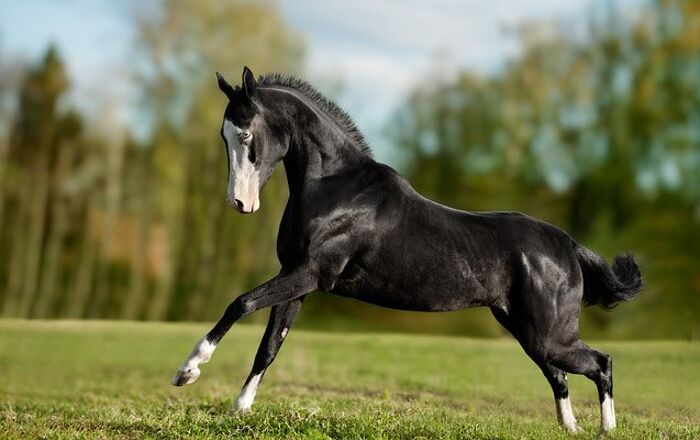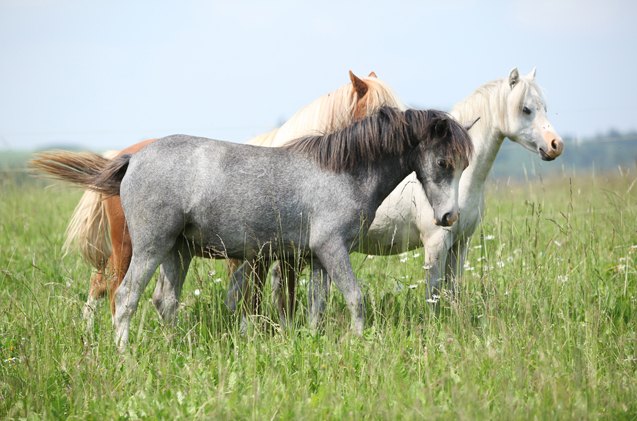
Welsh Pony Breed History
For centuries, the Welsh Pony has been bred throughout the hills of Wales that are found in the western part of Great Britain. It is believed that these horses were there before the Romans, and there is also evidence that the Welsh Cob was in Wales before 1600 BC.
The climate, along with the rough terrain, of the area greatly influenced the ponies’ temperament and action. These are horses that have developed a strong constitution as a result of having to survive on sparse mosses and grasses in their environment.
There are four categories of horses within the Welsh Pony breed.
It was not until 1901 that the Welsh Pony and Cob Society was created in Wales. In 1902, the Welsh Pony and Cob Stud Book was established. At that point in time, the four fixed types of Welsh Pony were separated and described individually. Up to that point, Welsh ponies had been influenced by several different equine breeds. In fact, throughout the 18th and 19th centuries, these ponies were crossed with Hackneys, Thoroughbreds, and Arabians.
In the 1880s, Welsh ponies were being imported to America, so the Welsh Pony and Cob Society of America was established in 1907 to serve as a breed registry. In the 1950s, interest in the breed grew, and it eventually became one of the fastest growing equine breeds in America.
Breed Traits
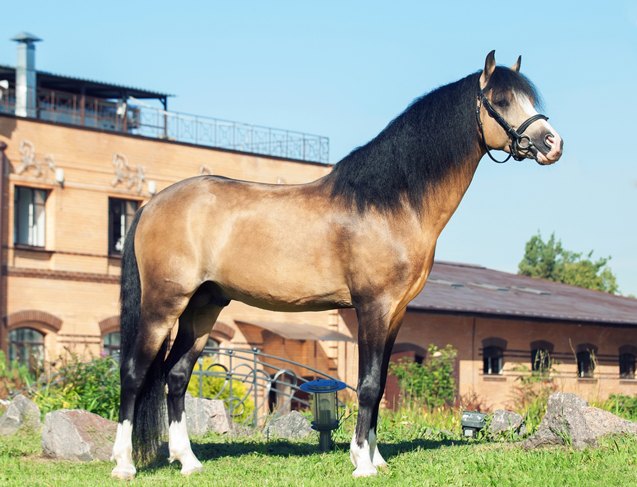
Because the Welsh Pony and Cob Stud Book has four sections, the different types of ponies within the Welsh Pony breed will have varying personality traits.
Section A, the Welsh Mountain Pony, will have a high level of intelligence, as well as a temperament that makes these ponies ideal for children. These ponies will also make good harness horses.
The Welsh Pony of Section B has all of the same wonderful attributes that are associated with the Welsh Mountain Pony. However, these are even better riding ponies, even for children. They have an outstanding temperament, combined with a natural talent for jumping.
The Welsh Pony of Cob Type, or Section C, is sure-footed, hardy, and active. This is an ideal horse for both children and adults, as well as those who want to compete at higher levels or just ride for pleasure. These animals are versatile, natural jumpers, and they do well in harness as well.
Finally, the Welsh Cob of Section D can be described as a wonderful riding horse that is renowned for its tractability, endurance, and courage. These horses are agile, hardy, and strong, and they also feature a lovely temperament that is ideal for all levels of riders.
The Welsh Pony is a great choice for children.
Overall Description
The Welsh Pony and Cob Stud Book has four sections:
Section A features ponies that are referred to as Welsh Mountain Ponies. These are the smallest of the four Welsh Pony types, as they should not be taller than 12 hands high. They will feature elegant legs, good girth depth, and delicate heads.
Section B features ponies that are referred to as the Welsh Pony of Riding Type. These should not be taller than 13.2 hands, and they should have excellent action, thanks to their sloping shoulders.
Section C features ponies that are referred to as the Welsh Pony of Cob Type. These should not be taller than 13.2 hands either. Their body should compact and feature a deep girth, and the legs should be muscular and short.
Section D features Welsh Cobs that are more than 13.2 hands high. The head will showcase the same delicate features that are found on all of the Welsh Pony types. However, these animals will also have strong hind legs and quarters that result in the outstanding Cob action. You can also note feathering at the heels.
Welsh ponies are agile, hardy, and strong.
Colors
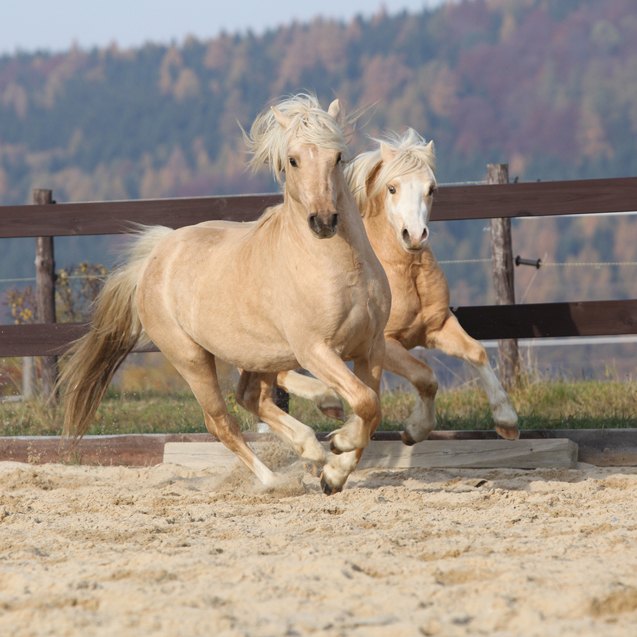
The Welsh Pony can feature any of the many beautiful equine colors. Some of the most commonly seen colors include brown, grullo, palomino, chestnut, bay, gray, black, and dun. However, these horses can’t showcase skewbald or piebald colors.
Grooming Requirements
Because of their small stature, Welsh ponies are easy to keep as pets, and they are also easy to groom. As is the case with all other equine breeds, regular grooming sessions will serve as a time to bond with your pony, and they will also ensure that your pet’s skin and coat remain healthy, smooth, and clean.
Use a set of standard equine grooming tools that includes a curry comb, body finishing brush, dandy brush, and shedding blade. Also have a hoof pick, mane comb, and tail brush on hand. These tools will allow you to clean and examine every part of your pony’s body with ease.
Removing excess hair, as well as any dirt and debris that has accumulated throughout the coat, will keep your pony looking beautiful, but also use grooming time as a chance to check for injuries and infections, especially within the hooves.
Photo credit: Anakondasp/Depositphotos.com; Zuzule/Depositphotos.com

